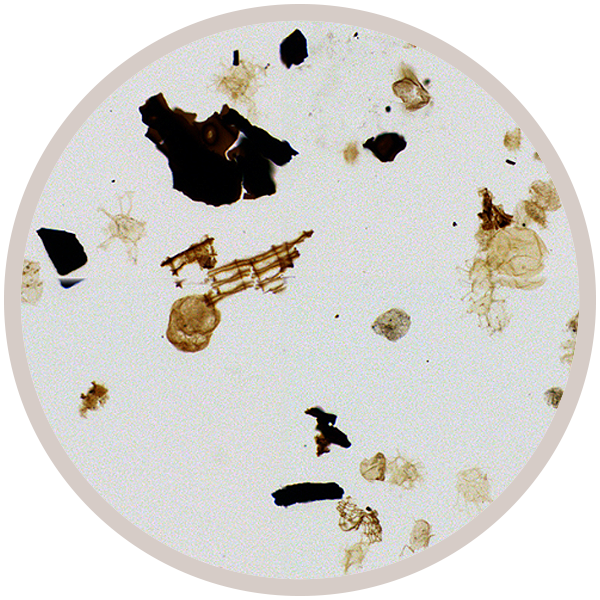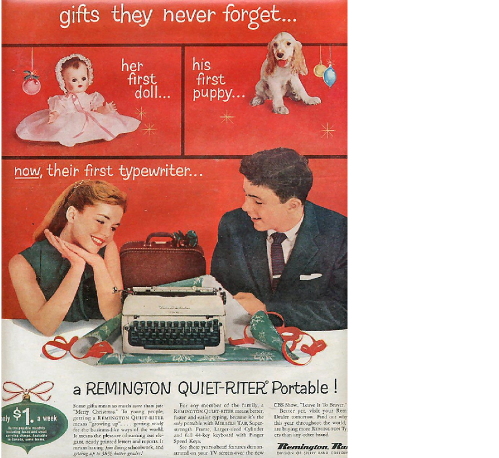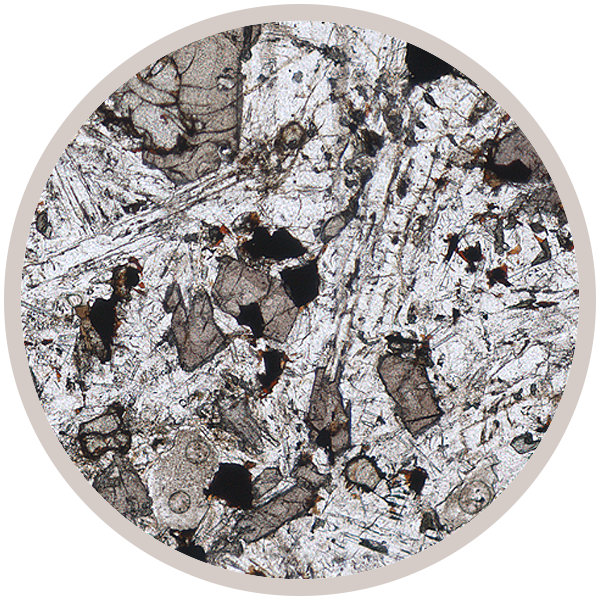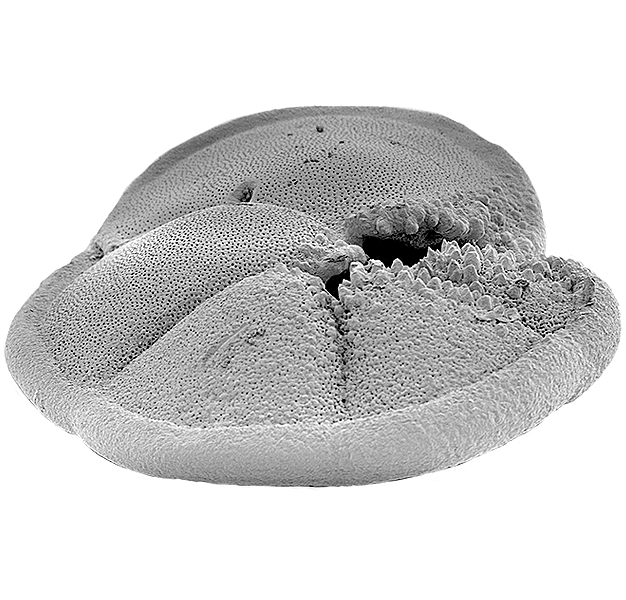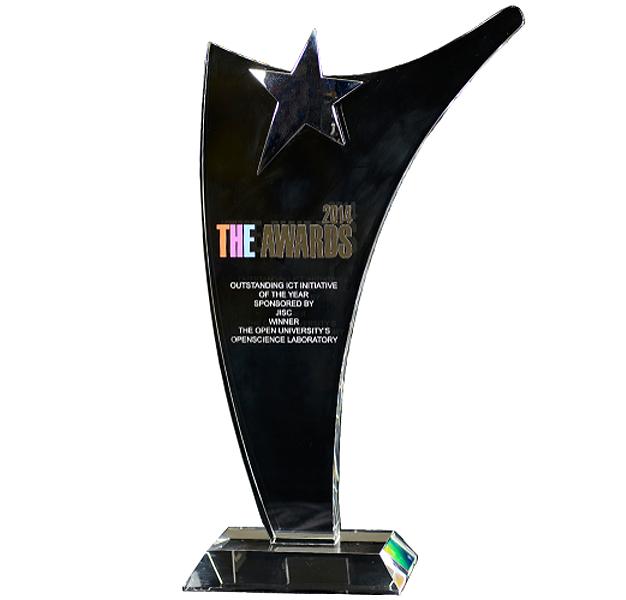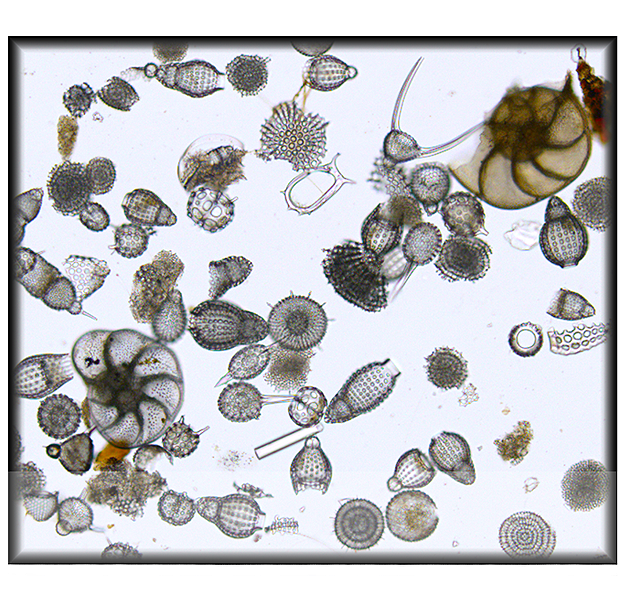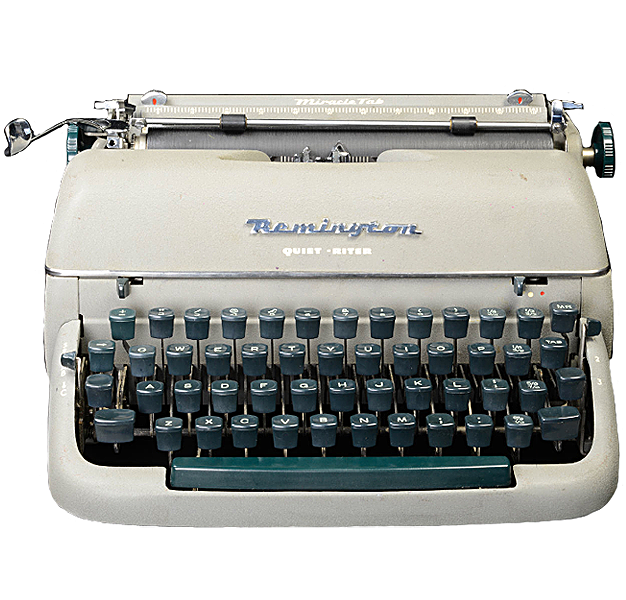
Fact sheet
In the time before computers and tablets, on-line gaming and social networking there were other things kids wanted for Christmas, but despite this old advert, I'm not sure many children wanted a typewriter.
I inherited this one when my father abandoned it for a desktop PC and printer. We've posted it in the cabinet of curiosities because its become a curiosity, not old enough to be worth anything, but so few are seen now that it has become a curiosity.
Long before the days of word processing typewriters were writing and printing devices that required no electricity, no internet, and had 0 MB of memory. Despite the drawbacks, these devices were used in almost every workplace, and many homes. Each typewriter had a printer built in and an almost everlasting ink cartridge. They were entirely mechanical, and required quite a bit of strength to bash the keys. Each key hit moved levers within the machine with letters embossed in metal. For each key pressed, a type bar jumped up and hit the ink ribbon producing an imprint of a letter on the paper. Brilliant devices, but I can't see them making a come back any day soon.
Cabinets of curiosities were personal collections of natural and man-made objects displayed in a single cabinet.
It was a fashion that reached its peak in the seventeenth Century, but something that is returning in modern times as uncategorised virtual or travelling physical exhibits, sometimes crowd sourced and changing. The original cabinets of curiosities were the personal and often idiosyncratic collections of wealthy owners, and their main function was to provoke a sense of curiosity and wonder in the viewer. Our Cabinet of Curiosities is a collection of curious things that we came across in museums, and a few things we've found in mineral shows. There isn't a learning objective – they're just interesting.
Sample details
More from this collection
